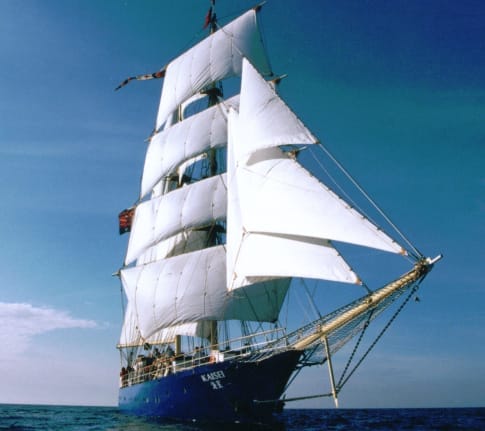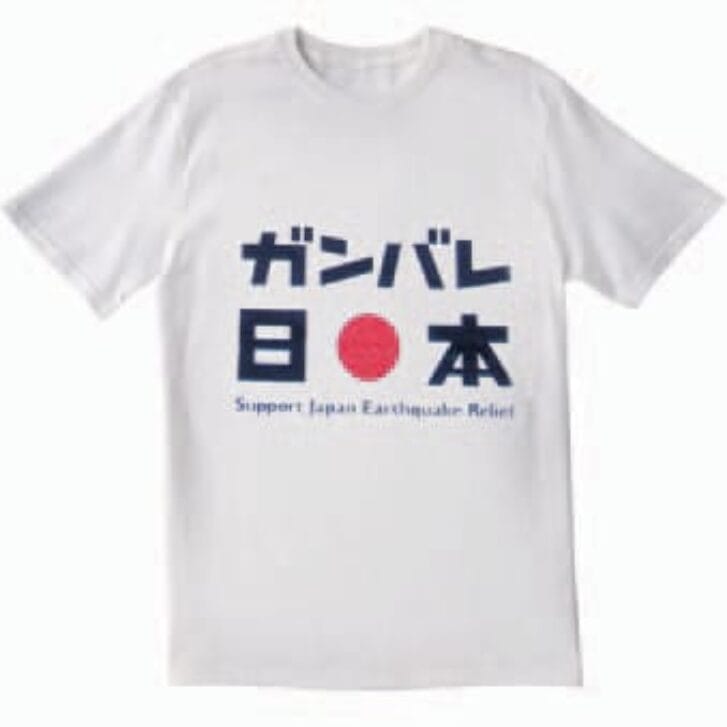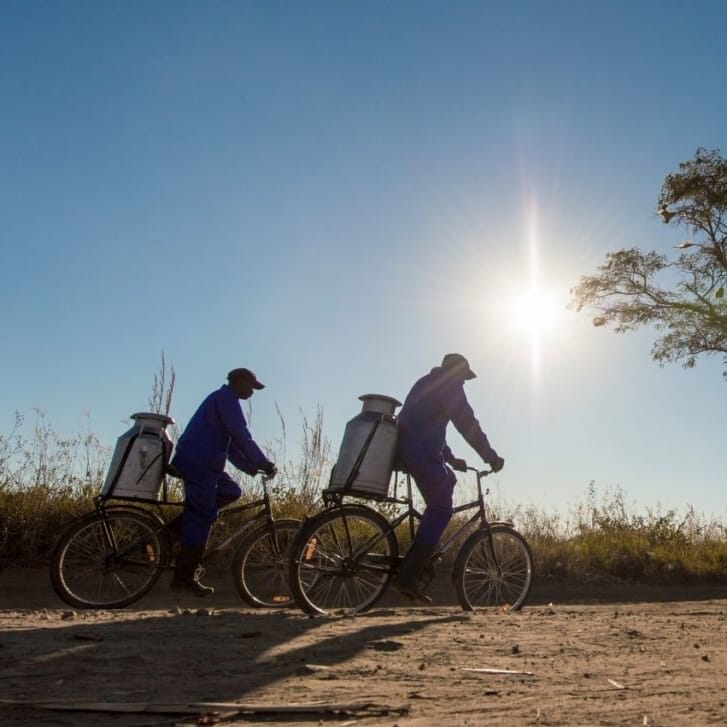On the morning of August 2, 2009, Doug Woodring and two dozen scientists, oceanographers and environmentalists departed San Diego Harbor aboard the 130-foot marine research vessel New Horizon. They were bound for a massive section of ocean formally called the North Pacific Gyre, a remote swath that has come to be known simply, and tragically, as the “Great Pacific Garbage Patch.”
Four days and 400 miles later, Woodring, WG’95, was sailing into the heart of his new life’s mission—gazing off into the distance and trying to find the fabled island of trash. But it was only when he fixed his eyes straight down, directly overboard, that he finally could see the white particles strewn like confetti blanketing the ocean surface.
“It looks like stars in the sky,” Woodring says, “but instead of looking up you’re looking down in bright blue water, and it’s everywhere.”
The particles are plastic. Plastic that may well have been used for 30 minutes or an hour, but won’t biodegrade for 300 to 1,000 years.
“When something washes into a river or stream or beach, if the wind doesn’t push it back on shore or it doesn’t sink, it can wind up in the ocean,” Woodring says.
And it has. When Woodring learned at a 2008 tech conference that incalculable amounts of water-borne plastic debris were finding its way to one specific section of the Pacific Ocean, he knew inaction was not an option. Which is why just four months later, Project Kaisei—Kaisei means “Ocean Planet” in Japanese—was born. Based in San Francisco and Hong Kong, the nonprofit aims to measure the scope and scale of the North Pacific garbage patch and better understand its impact on oceans and the environment. In addition, Project Kaisei works toward solutions for both prevention and clean-up of the waste.
A native of the Bay Area, Woodring, 44, has spent virtually his entire life swimming, surfing and paddling in, on and through the water. Through Project Kaisei, he’s hoping to ensure future generations will be able to do the same. And some believe he’s got a chance to do just that.
“He has a personality that engages people,” says James Leichter, associate professor in biology at Scripps Institution of Oceanography at the University of California at San Diego. “Because he has a background both in business and economics as well as in environmental issues, he’s able to interface with people in these disciplines quite effectively. ”
Woodring majored in political science and economics as an undergraduate at UC Berkeley, and worked for a few years in Asia before enrolling at Wharton. After graduation, Woodring headed back to Asia, where he created a framework for a global environmental technology fund at Merrill Lynch. He later migrated to the startup world, where he remains today as a consultant. But Project Kaisei is his ultimate startup. The organization initially came together with the simple mission of educating the public about the garbage patch and the problem of plastics. It has since morphed into much more.
“The main goal is to show there’s a value for waste,” he says. “New technologies are coming out in different parts of the world right now that to me are pretty promising for the waste management business. If some of these can turn plastics into fuel by re-liquefying, it’s a great way to get this stuff off the planet.”
For now, though, the focus is on the gyre, one of at least five spots in the world’s oceans where water comes together along a circular path, essentially rotating around a central point. The gyre, it seems, cannot help but attract all of that plastic. During last August’s expedition, Project Kaisei and its partner, the Scripps Institution, took more than 250 samples from the surface of more than 3,500 miles of water. Plastic was found in every single one.
In other words, while the trash heap hasn’t gotten nearly the attention that the Gulf Oil spill has, it may be just as disastrous for the ocean environment. “There’s plenty of evidence that [this plastic] is eaten by all kinds of wildlife. They’ve recently found a sperm whale in California that had 800 pounds of plastics inside his stomach,” he says.
Still, Woodring came away from the voyage optimistic that improvement is possible. He’s even kicking around the seemingly outlandish idea of cleaning up the trash. All of it. Next on Project Kaisei’s agenda, however, is another research trip to the gyre. The trip is set for August, and the group is in the process of trying to raise $3 million for the work.
“We are trying to tackle a huge issue,” he says. “The ocean covers two-thirds of the earth, but it is the momentum, and the awareness, that is really going to make some changes. We don’t need billions of dollars, but getting our expeditions out to sea to learn how to deploy new technologies goes a long way in motivating the world to think about changes.”
To see Wharton Magazine’s recent interview with Doug Woodring, click here.


























